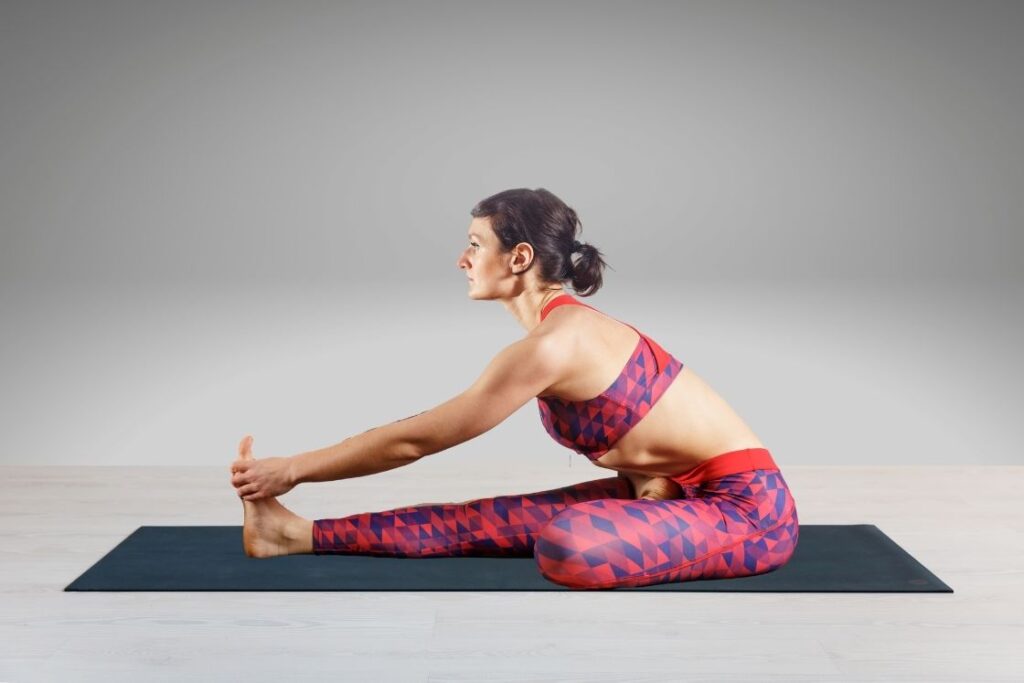Maha Mudra, or the Great Seal, is a sacred yogic practice that combines asana (posture), pranayama (breath control), bandhas (energy locks), and mudras (gestures). Though it offers profound spiritual and physical benefits, it must be practiced with respect, care, and awareness. So, see below the Maha Mudra precautions…
Table of Contents
Why Are Maha Mudra Precautions Necessary?
Maha Mudra is a highly integrative yogic practice that influences not only the musculoskeletal system but also the nervous, endocrine, and energy systems. Improper execution can:
- Aggravate latent health conditions
- Causes strain or dizziness
- Interrupt subtle energy flows (prana)
Contraindications: Who Should Avoid Maha Mudra?
Pregnant Women:
- Involves intense pressure on the abdomen and pelvic region
- Breath retention can reduce oxygen levels
High or Uncontrolled Blood Pressure:
-
Bandhas and breath-holding can raise intrathoracic pressure
Heart Conditions:
-
Retention of breath may strain the cardiovascular system
Glaucoma or Eye Disorders:
-
Jalandhara Bandha (chin lock) increases intraocular pressure
Severe Hernia or Ulcers:
-
Mula Bandha and breath retention aggravate abdominal pressure
Spinal Injuries or Chronic Back Pain:
-
The seated posture and spinal flexion can worsen existing issues
General Precautions:
Practice on an Empty Stomach:
- Wait at least 4 hours after a meal
- Best done early morning
Warm Up First:
-
Stretch the hamstrings, hips, and lower back before beginning
Don’t Force Breath Retention:
- Kumbhaka (breath-hold) should be comfortable, not stressful
- Never hold your breath to the point of strain or panic
Avoid Rushing Into Bandhas:
- Learn Mula Bandha, Jalandhara Bandha, and Shambhavi Mudra separately first
- Only integrate them once you’re familiar and relaxed with each other
Be Gentle With Forward Bending:
- If flexibility is limited, bend only as far as is comfortable
- Use a yoga strap if you cannot reach the extended foot
Supervision Recommended:
-
Beginners should learn Maha Mudra under the guidance of a qualified yoga teacher, especially when combining it with pranayama or meditation
Conclusion:
Maha Mudra is a master key to physical health, mental clarity, and spiritual growth. But it’s not a casual practice. Approach it with the same reverence and respect as you would a sacred ritual. Listen to your body, honor your limits, and allow the practice to unfold gradually.
FAQ:
Q. Can I do Maha Mudra during menstruation?
A. Generally, no. The internal locks and pressure on the abdomen can disrupt the natural flow. Wait until the cycle ends.
Q. What if I can’t hold my breath comfortably?
A. Do not force breath retention. Instead, perform the mudra with normal breathing until you’re ready to gradually build retention.
Q. Is it okay to feel dizzy during practice?
No. Dizziness indicates improper breath control or overexertion. Stop immediately, breathe normally, and sit quietly until stable.
Q. Can Maha Mudra be done lying down?
A. No. It is a seated practice requiring an upright spine to direct prana upward through Sushumna Nadi.
Q. Should I practice it daily?
A. Yes, but start slow. Practice 3–5 times a week, then gradually increase. Daily practice is safe once you’re comfortable.
Q. Can I combine it with other pranayama?
A. Yes, but be cautious. Maha Mudra is often combined with Nadi Shodhana, Ujjayi, or Bhramari, but only after proper training.
Q. Can Maha Mudra replace my meditation or pranayama session?
A. No, but it’s a powerful preparation for both. It balances the nadis and calms the mind, enhancing your other practices.





